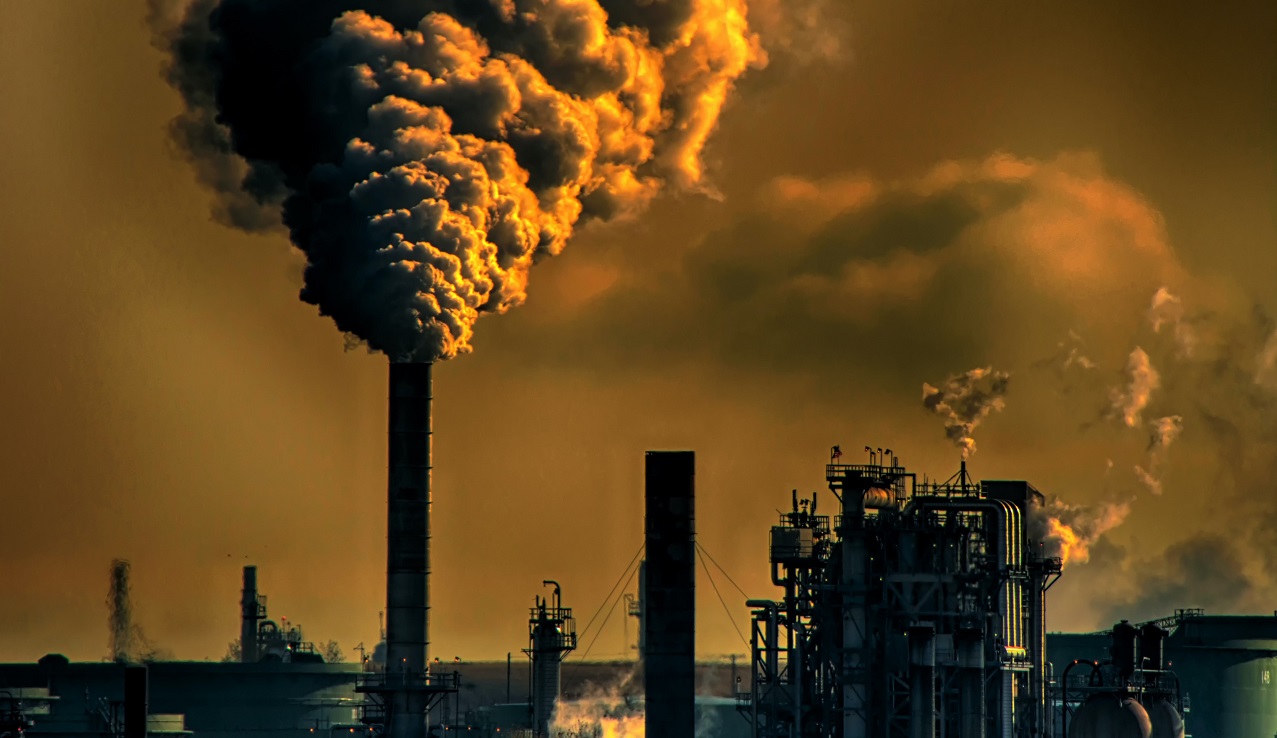Heatwaves and Ozone Hole: The Dual Threat of Climate Change
The Dual Threat of Heatwaves and Ozone Hole: Understanding the Interconnected Consequences of Climate Change, Rising Temperatures, and Ozone Depletion.

Climate change is an existential crisis that demands our immediate attention. Among the many alarming consequences it brings, two phenomena stand out: heatwaves and ozone holes. These interconnected threats pose a significant challenge to the health of our planet and all living beings. In this blog post, we will delve into the intricate relationship between heat waves and ozone holes, exploring their causes, impacts, and the urgent need for collective action.
Understanding Heatwaves
Heatwaves have become increasingly frequent and intense in recent years, leaving communities around the world grappling with extreme temperatures. Rising greenhouse gas emissions trap heat within the Earth's atmosphere, creating a phenomenon known as the greenhouse effect. As a result, heat waves, characterized by prolonged periods of abnormally high temperatures, have become more commonplace.
Impacts of Heatwaves
Heatwaves wreak havoc on both human and natural systems. Heat-related illnesses and fatalities soar during these extreme events, particularly affecting vulnerable populations such as the elderly, children, and those with pre-existing health conditions. Additionally, heat waves can lead to reduced agricultural productivity, damage to infrastructure, and increased energy demands for cooling, exacerbating the strain on resources.
The Ozone Layer
The Earth's ozone layer, situated in the stratosphere, shields us from harmful ultraviolet (UV) radiation emitted by the sun. However, human activities have significantly depleted this protective layer. The primary culprits are chlorofluorocarbons (CFCs) and other ozone-depleting substances, once widely used in refrigeration, aerosols, and industrial processes. When released into the atmosphere, these substances migrate to the stratosphere and catalytically break down ozone molecules.
Ozone Holes
The depletion of the ozone layer leads to the formation of ozone holes, primarily occurring over the polar regions. These holes allow a higher influx of UV radiation, posing severe risks to human health and the environment. Increased UV exposure can result in skin cancer, cataracts, weakened immune systems, and harm to aquatic ecosystems, crops, and phytoplankton, which forms the basis of the marine food chain.
The Connection
While seemingly distinct, heatwaves and ozone holes are intricately connected by the same underlying cause: climate change. The rising temperatures associated with heat waves contribute to the acceleration of ozone depletion. Warmer temperatures in the stratosphere intensify chemical reactions that break down ozone, exacerbating the formation of ozone holes.
Taking Action
Addressing the dual threat of heatwaves and ozone holes requires global cooperation and urgent action. Governments, industries, and individuals must commit to reducing greenhouse gas emissions and transitioning to clean energy sources. The successful implementation of the Montreal Protocol, which phased out ozone-depleting substances, serves as a testament to what collective efforts can achieve. Similarly, adaptation strategies, such as improving urban planning, enhancing early warning systems, and providing adequate resources for vulnerable communities, are crucial to mitigating the impacts of heat waves.
Conclusion
Heatwaves and ozone holes, born out of climate change, pose a dual threat to our planet. The intensification of heat waves amplifies the depletion of the ozone layer, creating a vicious cycle that demands our immediate attention. By understanding the complex relationship between these phenomena, we can work towards effective solutions. It is our responsibility to take action, reduce greenhouse gas emissions, protect the ozone layer, and build resilient communities capable of withstanding the challenges posed by heat waves and ozone holes. Together, we can safeguard our planet and create a sustainable future for generations to come.










